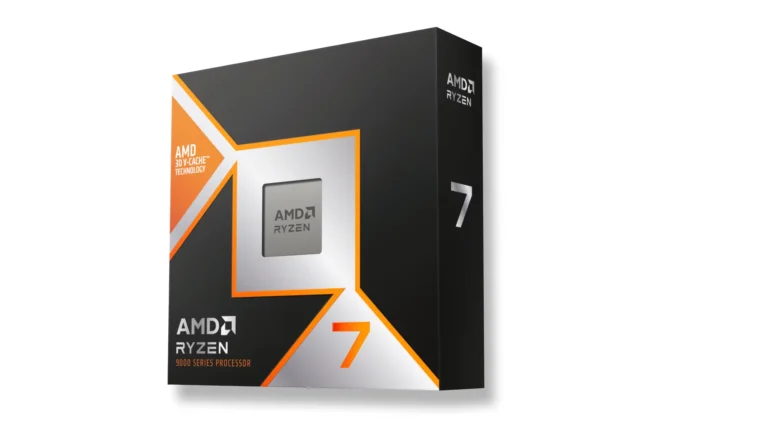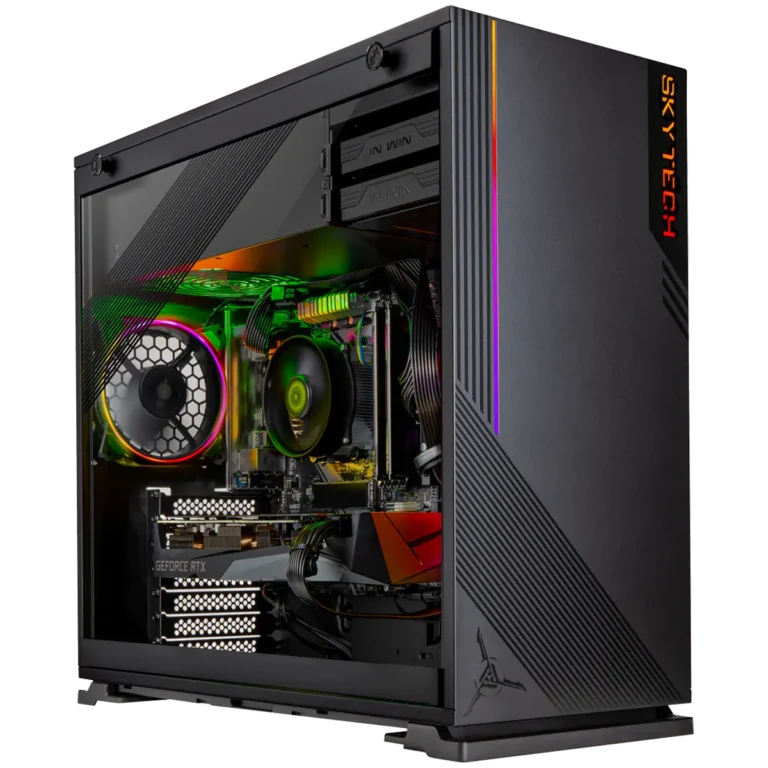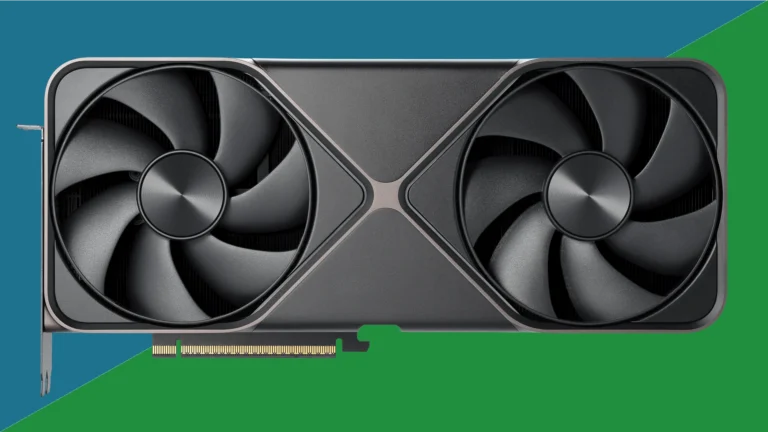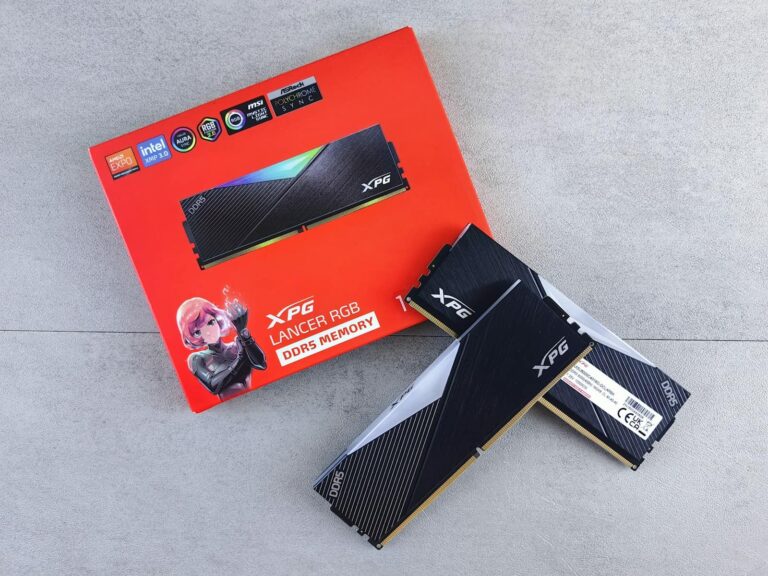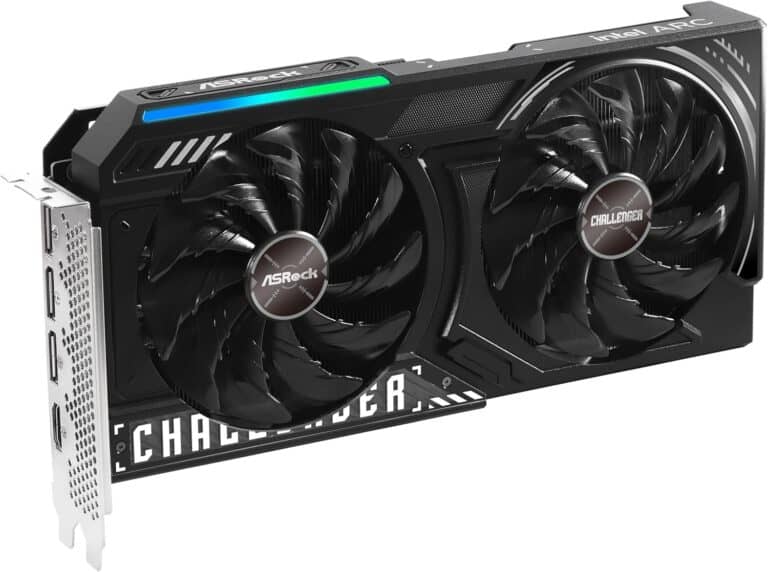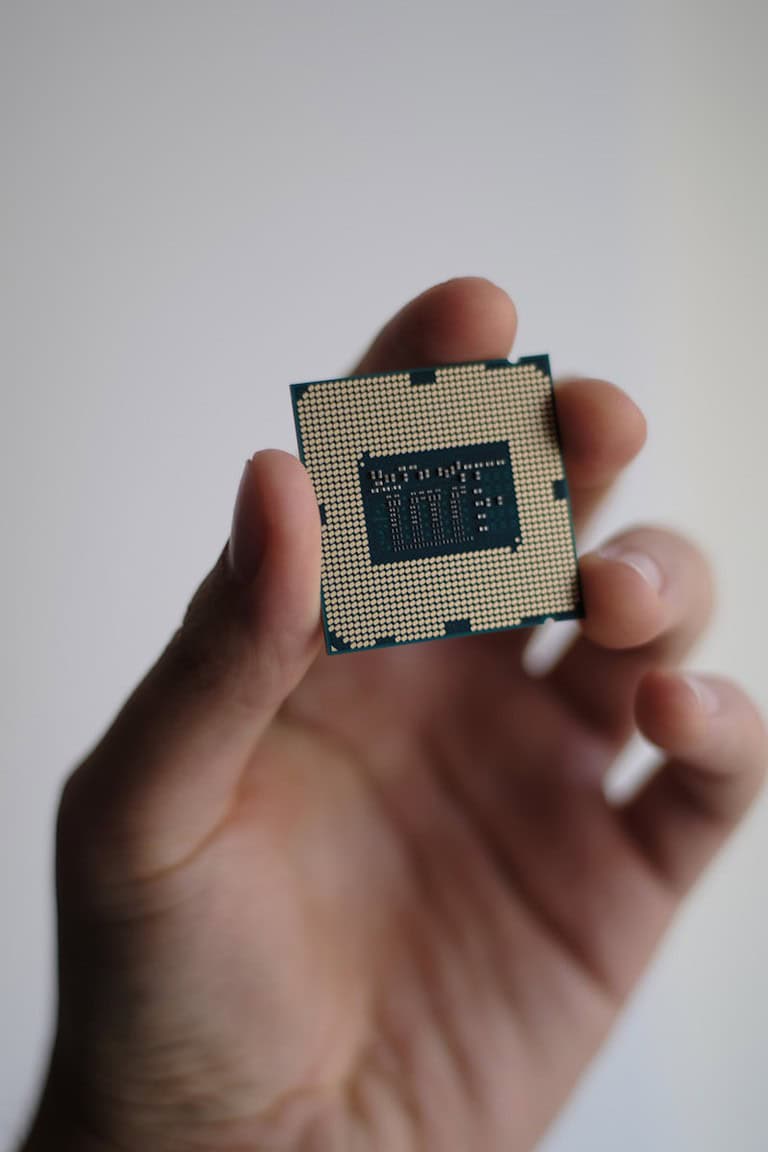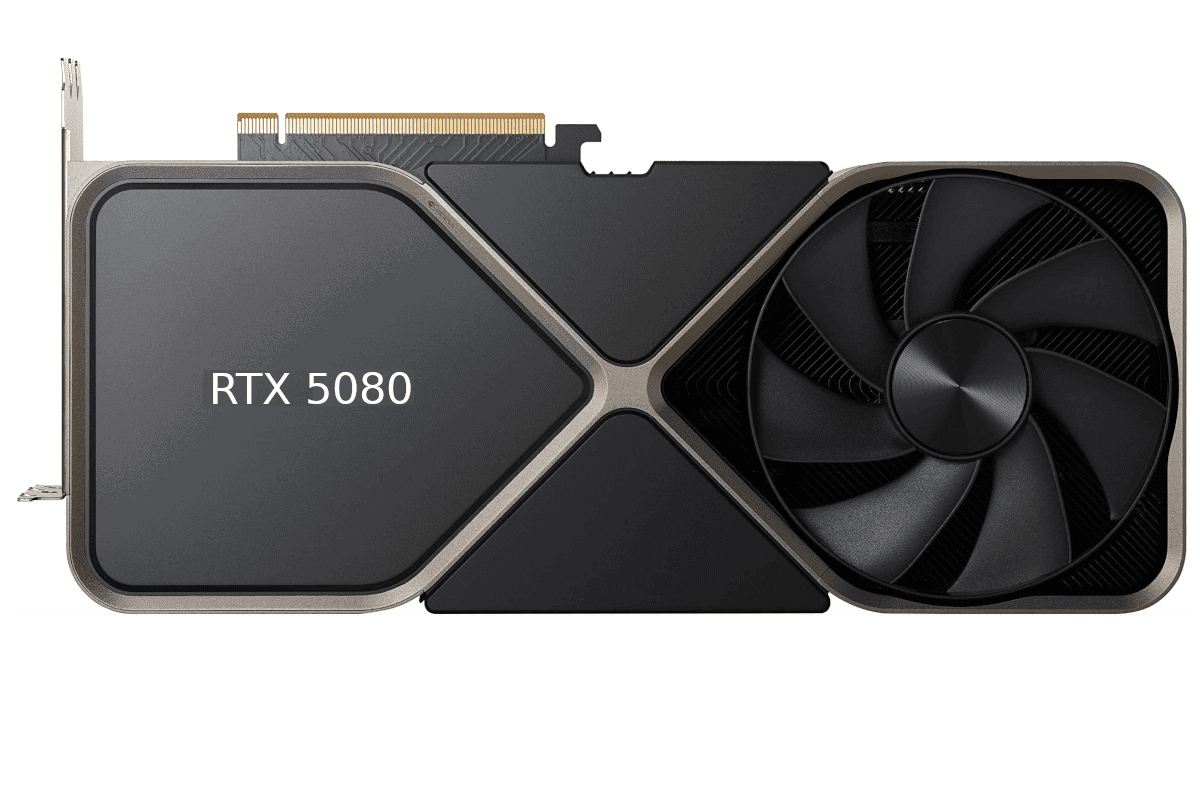
The MSI GeForce RTX 5080 is set to launch on January 21, 2025, featuring advanced GDDR7 memory with a 16GB capacity. Although it has a slight increase in CUDA cores, it is expected to outperform the RTX 4090.
Anticipation is building for the unveiling of the Blackwell architecture at CES, with excitement surrounding the card’s high-end specs and innovative technology. Leaks suggest a potential early release window, adding to the buzz in the tech community.
RTX 5080: Potential Specs and Launch Window
Memory and Bandwidth Boost
Recent leaks suggest the MSI GeForce RTX 5080 could feature 16GB of GDDR7 memory. This is a significant upgrade from the GDDR6X used in the RTX 40 series. GDDR7 offers substantial improvements in speed and power efficiency. A 256-bit memory interface is also rumored. This combination should provide a considerable bandwidth boost, allowing the card to handle demanding games and applications with greater ease.
Potential January Release
Whispers indicate a possible January launch for the RTX 5080. If this is accurate, it would mean gamers might not have to wait too long to get their hands on this new hardware. However, it’s crucial to remember that this is based on leaks. Official announcements from MSI and Nvidia are still pending. So, take the January launch with a grain of salt.
Comparing to Previous Generations
Looking back at previous RTX generations helps put these leaks into perspective. The move from GDDR6X to GDDR7 is similar to previous memory technology jumps. These upgrades usually bring noticeable performance improvements. This suggests the RTX 5080 could be a powerful card.
Speculative Comparison
| Feature | RTX 4080 (Current Gen) | RTX 5080 |
|---|---|---|
| Memory Type | GDDR6X | GDDR7 |
| Memory Size | 16GB | 16GB |
| Memory Interface | 256-bit | 256-bit |
| Launch Timeframe | Late 2022 | January 2025 |
The table shows a potential comparison. It highlights the rumored changes. It’s important to understand that these are not confirmed specs. They are based on available leaks and rumors.
What This Means for Gamers
If these leaks are accurate, the RTX 5080 could be a very appealing card for gamers. The combination of GDDR7 memory and a 256-bit interface suggests a significant performance jump. This could translate to higher frame rates and smoother gameplay at higher resolutions. Gamers who want the best performance should keep an eye on official announcements from MSI and Nvidia.
Staying Informed
The information available right now is based on leaks. It’s subject to change. It’s always a good idea to wait for official announcements from the companies involved. This will give you the most accurate details about the RTX 5080’s specifications and launch date.
Short Summary:
- The RTX 5080 will feature GDDR7 memory and a 256-bit memory interface.
- It includes a total of 10,752 CUDA cores, offering a performance boost over previous models.
- The official announcement is scheduled for January 6, 2025, at CES, with a release date of January 21.
NVIDIA’s upcoming GeForce RTX 5080 is generating considerable excitement within the gaming community as rumors circulate about its significant specifications and performance. Set to be officially unveiled on January 6, 2025, at the Consumer Electronics Show (CES), gamers are eagerly anticipating what this next-generation GPU will deliver. According to reliable reports from Hong Kong-based HKEPC and backed by Videocardz, the RTX 5080 will be released in just a few weeks following its announcement.
The GeForce RTX 5080 marks part of NVIDIA’s new Blackwell architecture, which has been engineered to optimize computational efficiency and graphics performance. As NVIDIA transitions to this innovative architecture, various improvements are expected, specifically regarding memory technologies. The RTX 5080 will support 16GB of GDDR7 memory – a significant upgrade over the previous GDDR6X utilized in the RTX 4080, which promises enhanced bandwidth and overall faster performance.
“With the advent of the GDDR7 memory, users can anticipate an impressive increase in memory bandwidth that could elevate gaming and simulation experiences to new heights,” stated industry analyst Roger Johnson.
Rumors suggest the GDDR7 memory on the RTX 5080 is expected to hit speeds between 30 and 32 Gbps, bench-marked against other models in the series likely clocked around 28 Gbps. The memory will be paired with a 256-bit memory interface, continuing the trend of high-performance setups designed to meet the needs of modern gaming environments.
Detailed leaks regarding the specifications indicate that the RTX 5080 will be powered by the GB203 GPU chip and equipped with 10,752 CUDA cores. While this number only represents a 10% increment compared to the RTX 4080, improvements in the underlying architecture and memory performance may lead to a significant boost in gaming and rendering capabilities. Analysts expect that this architecture will elevate the RTX 5080’s performance to surpass that of the current flagship, the RTX 4090.
However, it should be noted that while the CUDA core increase is small, the architectural changes could very well mean that the RTX 5080 operates more efficiently, providing users with an exhilarating gaming experience without the need for an extravagant upgrade.
The Release Sequence
The sequence of announcements and releases surrounding the RTX 50 Series has been tightly orchestrated by NVIDIA. Following the RTX 5080’s reveal on January 6, the full range of the Blackwell architecture, including the RTX 5090 and RTX 5070 Ti, will be unveiled in stages through late January and into February. The anticipation surrounding the RTX 5090, in particular, is expected to draw considerable attention, as speculations indicate even greater performance enhancements.
Anticipated Features and Design
MSI has already shared glimpses of its RTX 5080 GAMING TRIO variant, showcasing a robust design equipped with a triple-fan cooling solution that appears compatible with high-performance gaming setups. Early images of the card reveal that it spans over two PCIe slots, emphasizing the enhanced cooling requirements for top-tier GPUs. The design reflects a shift towards not just performance but also aesthetic considerations, with features like RGB lighting likely to appeal to gamers.
The card’s packaging also lists support for three DisplayPort connections along with a single HDMI output, which are expected to align with the latest standards in video output technology, namely DisplayPort 2.1 and HDMI 2.2. Such features imply that the RTX 5080 will be well-equipped to handle advanced display technologies such as 4K and beyond, making it suitable for both high-end gaming and professional applications.
“The new design suggests a focus on what the gamer demands in terms of both performance and visual flair,” noted MSI representative Linda Chen. “We’re excited to bring these advancements to the market alongside NVIDIA’s latest technology.”
Competitive Landscape
The timing of NVIDIA’s announcement and subsequent launch is strategic, coinciding with other major players in the GPU market. AMD is expected to announce its RDNA 4 GPUs on January 6, creating an intriguing atmosphere of competition. Intel is also set to unveil its mid-range ARC B570 on January 16, making January a critical month for graphics technology.
Pricing Expectations
While the exact pricing for the RTX 5080 remains speculative, early listings from Chinese retailers suggest a price point around $1,350. The more premium RTX 5090 may be listed significantly higher at approximately $2,600. However, these figures are likely to fluctuate based on localized market demands and availability once the products officially launch.

